The Best Companion Plants For Peas
Title: The Best Companion Plants for Peas
Introduction:
Peas are a delicious and versatile vegetable that can be grown in many different climates. They are also relatively easy to care for, making them a great choice for beginner gardeners.
One of the best ways to ensure a successful pea harvest is to plant companion plants. Companion planting is the practice of planting different types of plants together in order to benefit each other. There are many different companion plants that can be grown with peas, but some of the best include:
- Carrots: Carrots and peas are both cool-season vegetables that thrive in the same type of soil. They also have different nutrient requirements, so they do not compete for nutrients.
- Lettuce: Lettuce and peas are both leafy greens that require a lot of nitrogen. Peas are able to fix nitrogen in the soil, which benefits the lettuce plants.
- Spinach: Spinach and peas are another great combination. They both have similar growing requirements and can be planted close together.
- Basil: Basil is a fragrant herb that deters pests such as aphids and whiteflies. It can be planted near pea plants to help protect them from these pests.
- Radishes: Radishes are a fast-growing crop that can be planted between pea plants. They help to deter pests and improve the soil drainage.
Main Content:
In addition to the plants listed above, there are many other companion plants that can be grown with peas. Some other good options include:
- Turnips: Turnips and peas have a symbiotic relationship. The peas fix nitrogen in the soil, which benefits the turnips. The turnips, in turn, help to deter pests from the pea plants.
- Beans: Beans and peas are both legumes, which means they are able to fix nitrogen in the soil. This makes them great companions for each other.
- Cucumbers: Cucumbers and peas can be planted together because they have different growing habits. The cucumbers will grow up a trellis, while the peas will grow along the ground. This allows the two plants to share the same space without competing for resources.
- Corn: Corn can be planted with peas to provide a natural trellis for the pea plants to climb. The corn also helps to shade the pea plants, which can help to protect them from pests.
Conclusion:
By planting companion plants with peas, you can help to ensure a successful harvest. The plants listed above are just a few of the many great options that are available. When choosing companion plants, it is important to consider the plants' growing requirements and how they will benefit each other.
Peas are a delicious and versatile vegetable that can be grown in many different climates. They are also a great companion plant for other vegetables, as they help to improve the soil and attract beneficial insects.
Some of the best companion plants for peas include:
- Beans: Beans and peas are both nitrogen-fixing plants, which means they can help to enrich the soil for other plants.
- Carrots: Carrots and peas have similar growing requirements, and they can help to deter pests from each other.
- Celery: Celery and peas can help to suppress weeds, and they can also help to improve the flavor of each other's vegetables.
- Corn: Corn can provide a natural trellis for pea vines to climb, and it can also help to shade the peas from the hot sun.
- Cucumbers: Cucumbers and peas have similar water and nutrient requirements, and they can help to attract beneficial insects to the garden.
For more information about the best companion plants for peas, please visit Garden Wiki.
FAQ of best companion plants for peas
What are the best companion plants for peas?
Peas are a great addition to any garden, and they can be even better when they're planted with companion plants. Companion plants are those that benefit each other when they're grown close together. Some of the best companion plants for peas include:
- Beans: Beans and peas are both legumes, which means they can fix nitrogen in the soil. This helps to improve the fertility of the soil for both plants.
- Carrots: Carrots and peas have different growth habits, so they don't compete for space. Carrots also help to deter pests from peas.
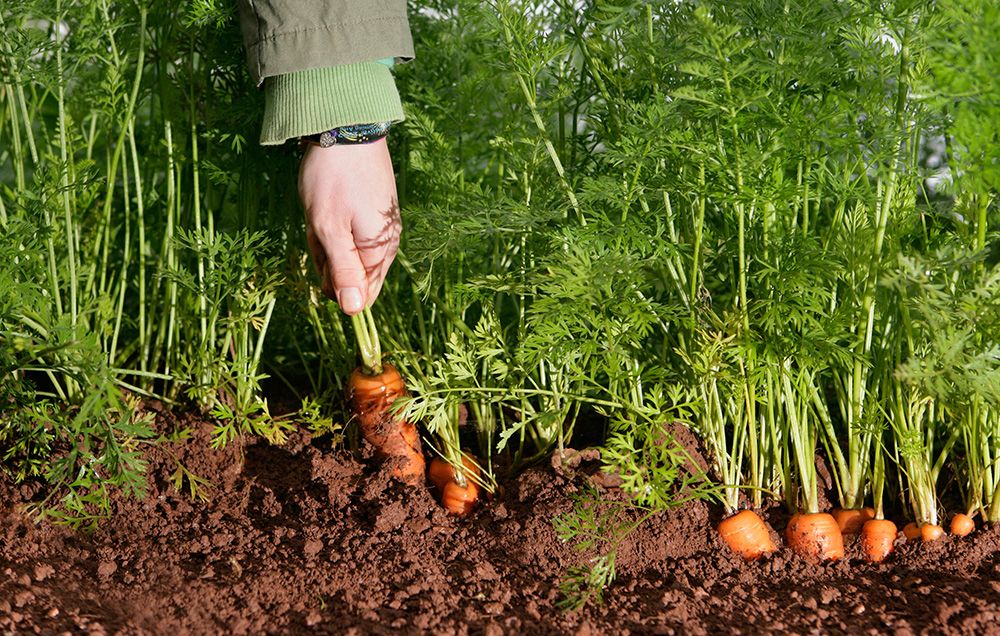
- Lettuce: Lettuce and peas are both cool-weather vegetables, so they can be planted together in the spring or fall. Lettuce also helps to shade the soil around peas, which can help to keep the soil cool and moist.
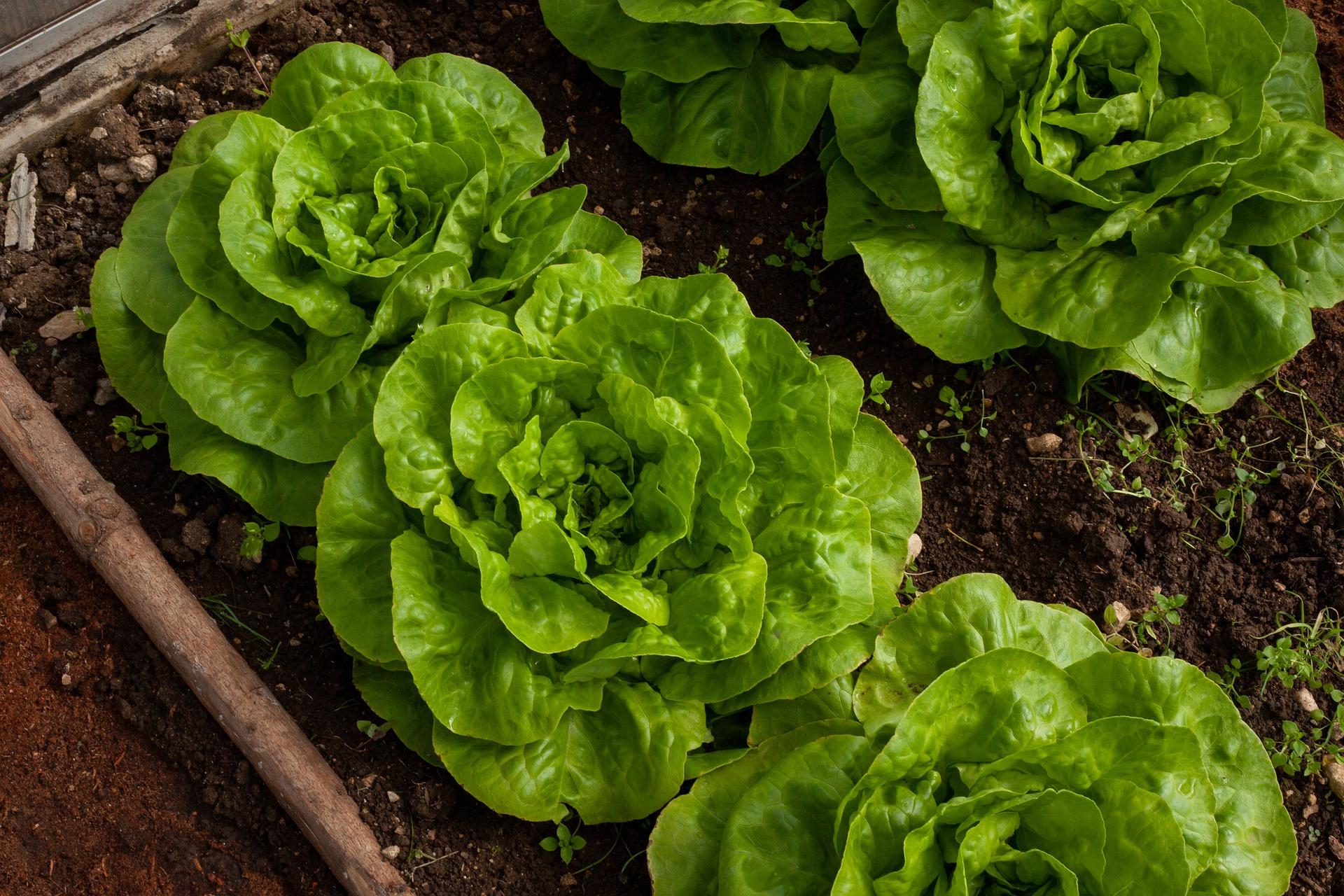
- Spinach: Spinach and peas are both leafy greens, so they have similar nutrient requirements. They also both benefit from being shaded by taller plants, such as peas.
- Turnips: Turnips and peas have a symbiotic relationship, meaning that they benefit each other. Turnips help to deter pests from peas, and peas help to enrich the soil around turnips with nitrogen.
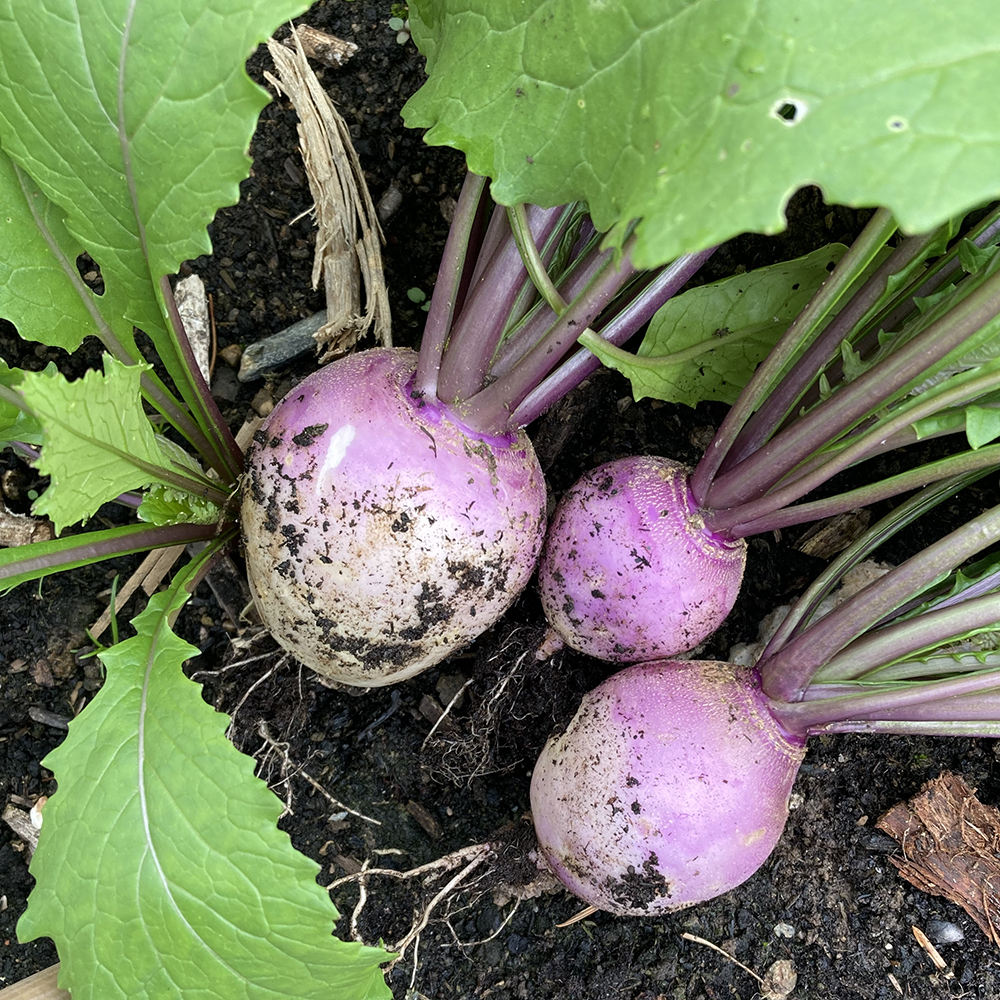
What are some plants that I should avoid planting near peas?
There are a few plants that you should avoid planting near peas. These include:
- Onions: Onions and peas are both members of the Allium family, and they can cross-pollinate. This can lead to the peas tasting bitter.
- Garlic: Garlic is also a member of the Allium family, and it should be avoided for the same reason as onions.
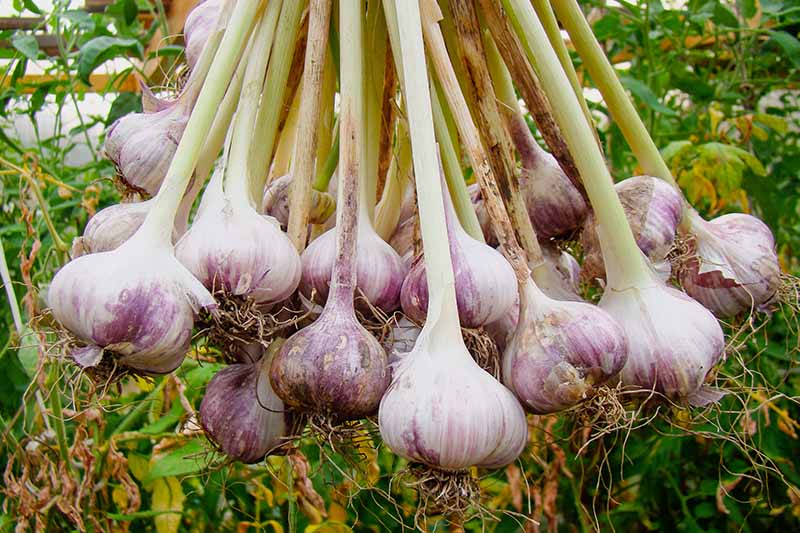
- Other legumes: Other legumes, such as beans and lentils, can compete with peas for nitrogen. It's best to avoid planting these plants together.
What is the best natural fertilizer for peas?
The best natural fertilizer for peas is well-rotted manure or compost. This will help to provide the peas with the nutrients they need to grow strong and healthy. You can also use a balanced fertilizer, such as 10-10-10, but be sure to follow the directions on the label to avoid over-fertilizing.
What are some other benefits of companion planting with peas?
In addition to the benefits mentioned above, companion planting with peas can also help to:
- Attract beneficial insects: Some companion plants, such as nasturtiums and marigolds, attract beneficial insects that help to control pests.
- Deter pests: Other companion plants, such as garlic and chives, have strong scents that can deter pests from peas.
- Improve air circulation: Companion plants can help to improve air circulation around peas, which can help to prevent diseases.
- Increase yields: Companion planting can help to increase the yields of peas by providing them with the nutrients they need and by deterring pests.
Image of best companion plants for peas
- Beans: Beans fix nitrogen in the soil, which benefits peas.
- Carrots: Carrots help to repel pests that target peas.
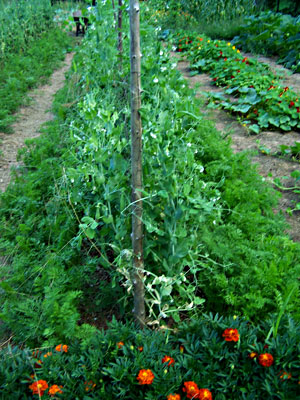
- Celery: Celery helps to deter pests and diseases from peas.
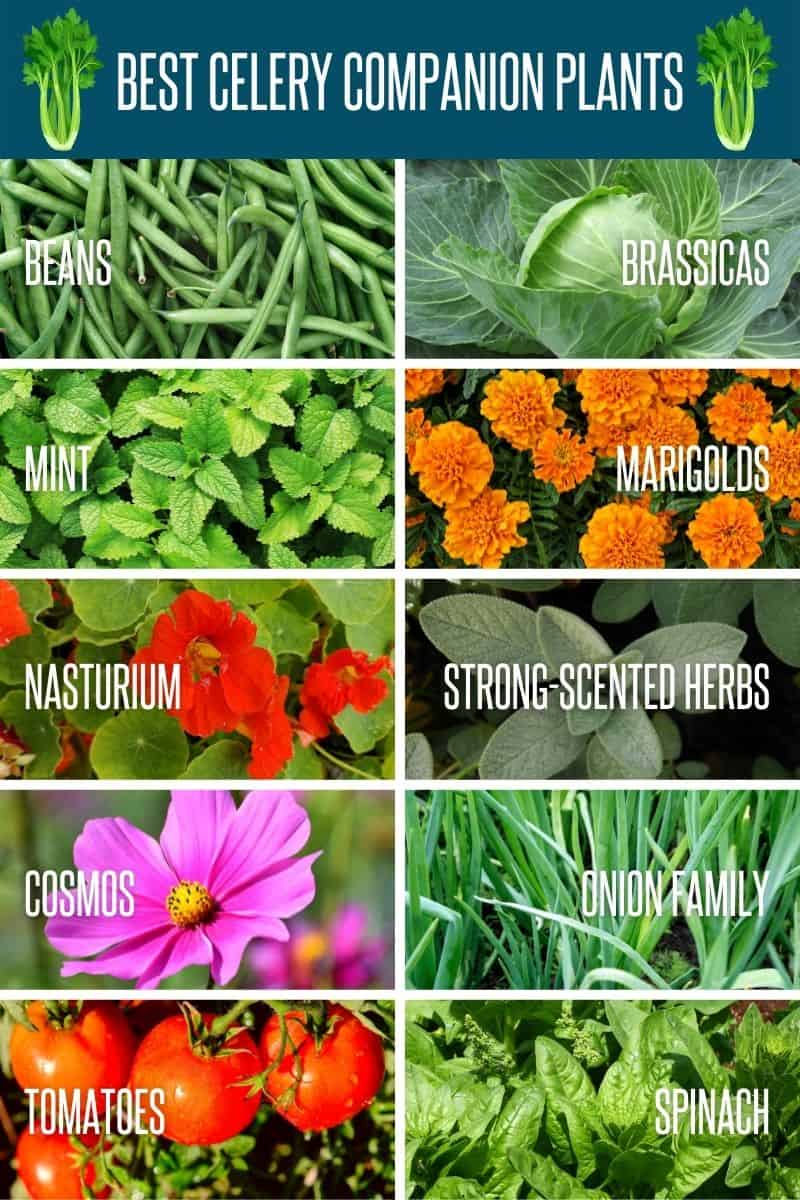
- Corn: Corn provides support for peas to climb.

- Cucumber: Cucumbers help to attract pollinators to peas.

- Eggplant: Eggplant helps to repel pests that target peas.

- Parsley: Parsley helps to improve the flavor of peas.
- Peppers: Peppers help to deter pests that target peas.
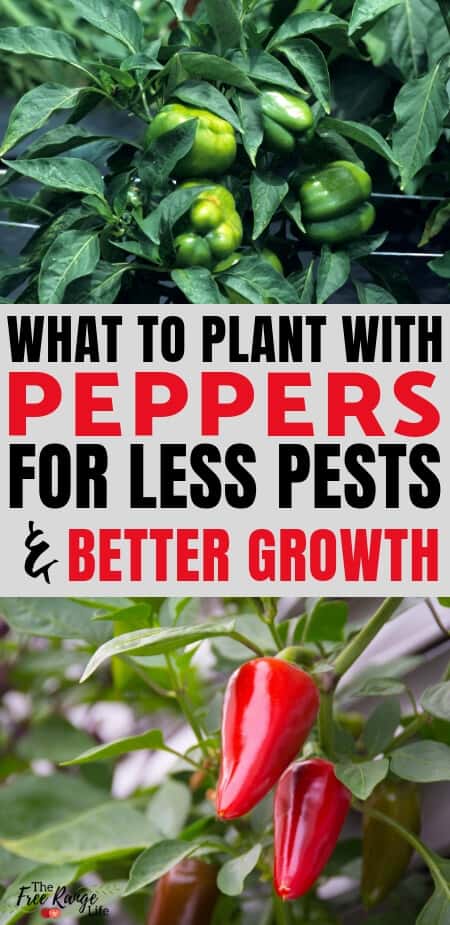
- Potatoes: Potatoes help to repel pests that target peas.
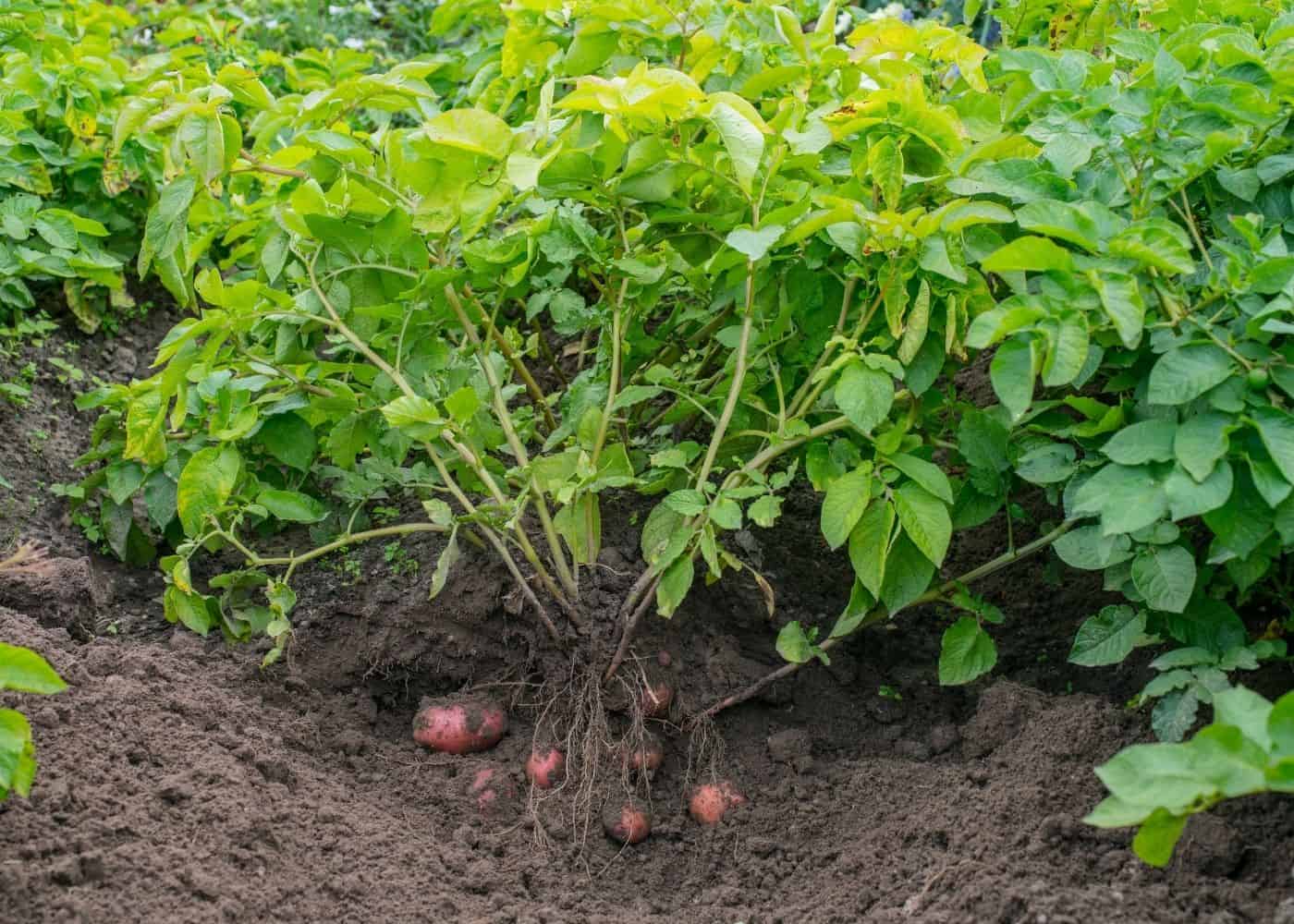
- Radish: Radish helps to improve the flavor of peas.

Post a Comment for "The Best Companion Plants For Peas"